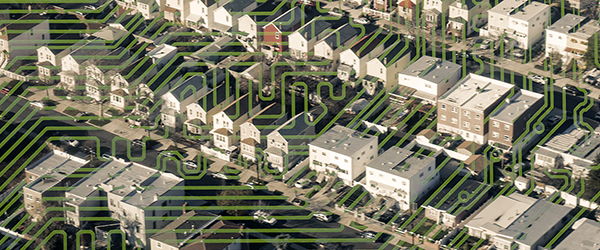
“We just upgraded from a T1 (1.544 mbps) to a T3 (44.736 mbps) so why is it still taking 90 minutes to copy that file?”

“We just upgraded from a T1 (1.544 mbps) to a T3 (44.736 mbps) so why is it still taking 90 minutes to copy that file?”

When writing a network application you can use non-blocking mode or blocking mode. Non blocking mode is more flexible and required when the application has to do multiple things, like servicing multiple sockets.

In 1998 it took me three days to walk the show room floor and I was pretty sure I didn’t see everything. The last few years I’ve been doing it in 1 day and this year was no exception.

Thank goodness for regression tests. There I was, earlier this week, feeling really good about some new code that I had written and (I thought) debugged.

For over 25 years, the name VOS has referred to an operating system that is reliable, continuously available, and easy to use. We did not take the decision to rename VOS lightly. The new name acknowledges another important trend has taken place over the last 10 years.

Over the years we have added a number of UNIX® features to VOS. One of the simplest and most useful of these is the ability to use dot (“.”) and dot-dot (“..”) as pathnames.

Are you still working on VOS using a 80 column by 24 line view? Get with the flow and see the big picture.

I recently revised our notes on how to port open-source code to VOS and OpenVOS. This new revision is about 30% longer and contains much more detailed information.

Stratus has offered ports of open-source, POSIX-based software to its VOS customers for many years.

I am often asked whether a particular open-source package can be ported to some release of VOS or OpenVOS (“VOS”, for short).